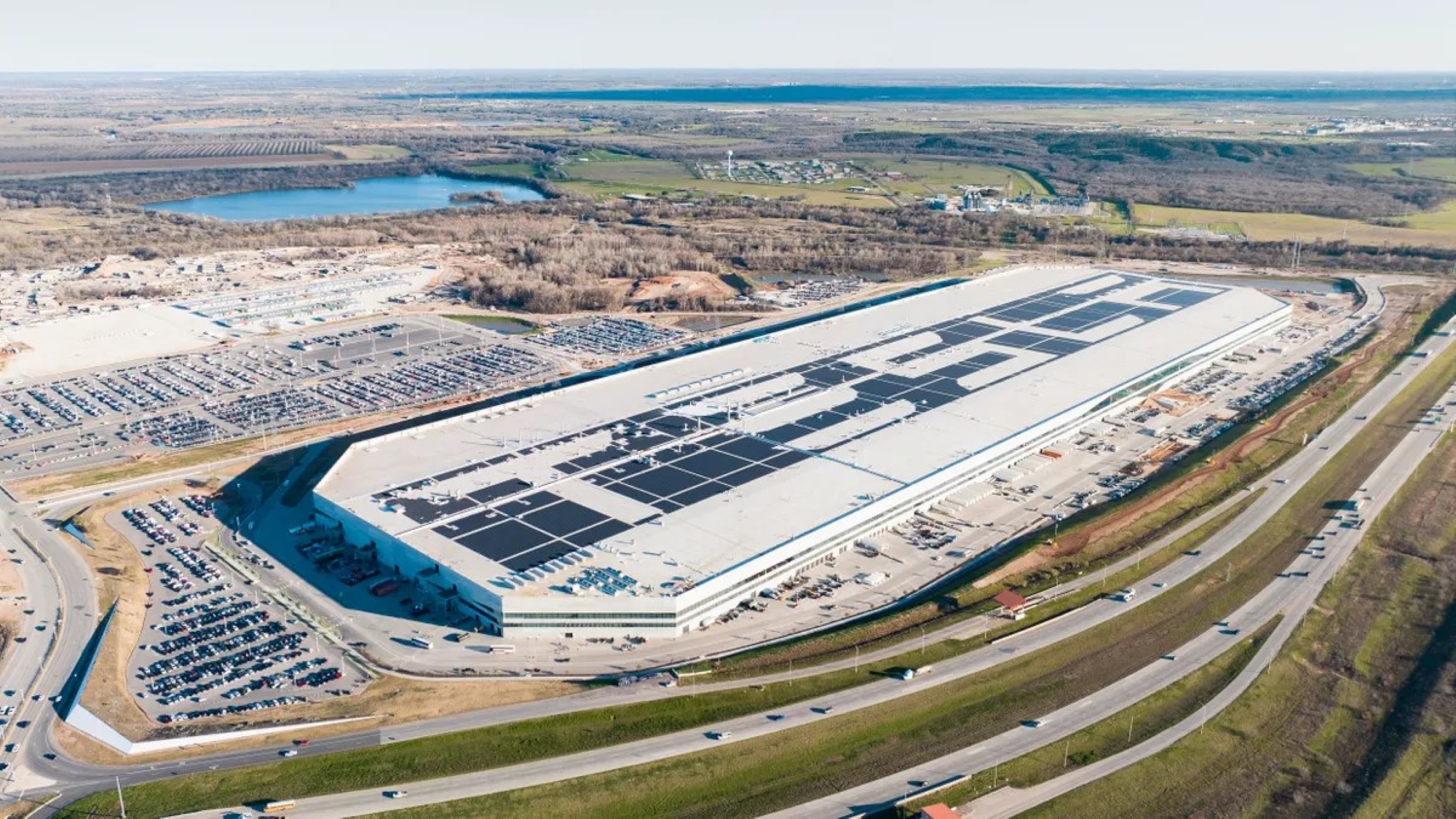Midyear construction check: Cooling inflation boosts most sectors
Co-Author(s): Sebastian Obando, Reporter
A new report focused on the U.S. construction landscape highlights a mixed bag of trends for the industry, ranging from the good to the ugly.
For example, inflation and interest rates have been a thorn in the side of contractors and project owners for the past two years. However, the latest consumer price index indicated cooling inflation, sparking optimism among forecasters for at least one interest rate cut before the end of the year.
But until the Fed slashes rates, certain construction segments will struggle, especially those not boosted by infrastructure or manufacturing spending, according to Marcum’s most recent quarterly Commercial Construction Index released last month.
That’s bad news for some commercial construction sectors such as warehouses and retail. Demand for warehouse space has leveled off following the pandemic-driven boom in e-commerce, while new retail construction continues to face decreased demand, according to New York City-based Marcum, a national accounting and advisory firm.
On the other hand, spending on manufacturing-related projects, spurred by federal incentives and onshoring efforts, has surged about 192% over the past three years, while infrastructure construction has also posted significant growth, said Anirban Basu, chief construction economist at both Marcum and Associated Builders and Contractors.
Essential strategies
Despite the mixed bag of challenges and opportunities, the overall construction industry has weathered roughly two years of elevated inflation and high interest rates much better than expected, said Basu. Construction input prices decreased in May for the first time in 2024, and are up just 2.1% year over year as of May, he added.
Firms with innovative financing and cost management strategies are best positioned to manage industry headwinds such as high interest rates, rising input prices and labor shortages, said Joe Natarelli, construction services leader at Marcum.
“Construction firms can explore innovative financing strategies, such as public-private partnerships, to leverage government funds and reduce financial risks,” said Natarelli. “Additionally, seeking funding from alternative lenders like private equity firms and creating project-specific investment funds can provide more flexible and tailored financial solutions.”
Construction companies should also adopt advanced budgeting software for real-time expense tracking and predictive cost management, said Natarelli. Long-term supplier contracts and lean construction practices help minimize waste and improve operational efficiency as well, he added.
Construction firms in struggling sectors could also consider moving into new markets, Natarelli added.
“Firms should diversify into more stable markets such as residential, infrastructure or institutional sectors where demand remains steady. Specializing in niche markets like healthcare facilities or educational institutions can also provide resilient opportunities,” said Natarelli. “Also focus on renovation and retrofit projects, pursuing government contracts and tapping into the growing demand for sustainable, energy-efficient buildings.”
https://www.constructiondive.com/news/construction-cooling-inflation-boosts/721214/



